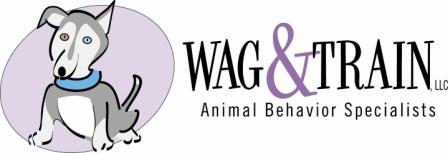There are three different things to remember when you are going to interact with a dog, and although there are several other factors that could potentially go in to a human/dog interaction, I believe these are the most important:
1) The dog’s body language and cues
2) Your body language and cues
3) The environment and potential stressors around the dog
First and foremost, does the dog appear scared or anxious? Is her mouth closed tightly? Is her tail between her legs, can you see the whites of her eyes, is she standing behind her parent, or trying to get away? Is she avoiding eye contact, whining, barking, or growling? These are all signs of stress and you need to approach with caution. Or better yet, keep your distance and don't approach at all.
(This dog is facing sideways, ears are down, eyes are made smaller as an appeasement behavior, and his lips are pursed with nervous anticipation of what the person with the camera is going to do next)
And lastly, what is going on around you? Are there construction trucks going by, or sirens from a fire truck going off? Did the dog just get in to a scuffle at the dog park and you are greeting in the parking lot? Are you in the vet’s office where a dog just got his ears cleaned out? Keep in mind that you may have no idea what has just happened to the dog, so always read body language first, then ASK before introducing yourself, if you choose to do so.
(This puppy has a furrowed brow, pursed lips, and her ears are down and forward... She is unsure, worried, and scared)
This is why I always ask people to set dogs up to succeed. It is so important for the emotional health, well-being, and safety of all involved. Never approach a dog without reading their cues, and always ask the dog’s pet parent before greeting.
Kari Bastyr, MS, VSPDT
Denver, Co
http://www.wagandtrain.com/
© Copyright 2012 Wag & Train All Rights Reserved


